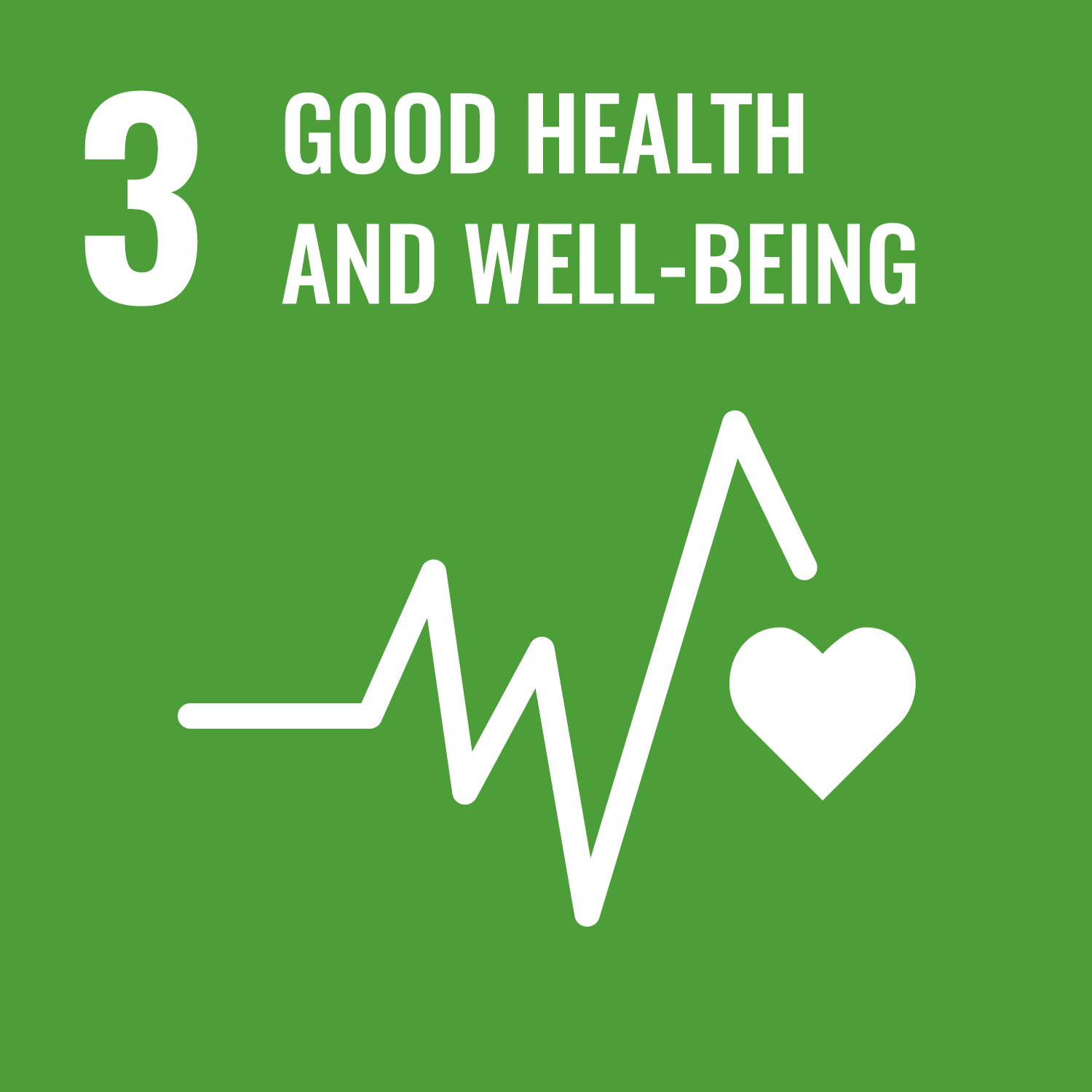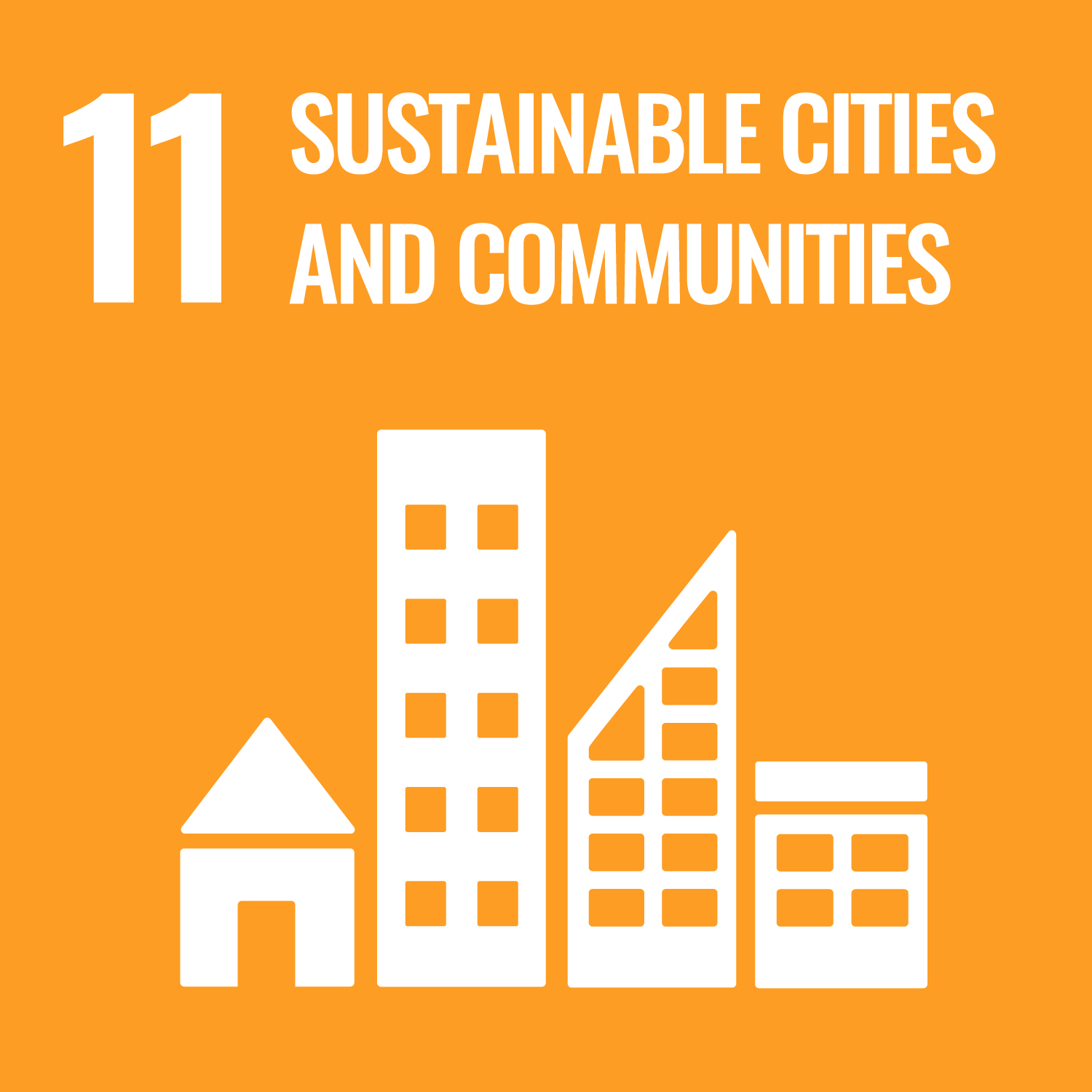Bio-Heat Transfer Engineering is a field that deals with heat transfer phenomena occurring within the human body. This course
aims to help students understand how the heat transfer phenomena inside the body relate to subjects previously studied such
as "Thermodynamics" and "Heat Transfer Engineering," and to learn modeling methods for these phenomena.
In this course, students will understand how concepts such as Fourier’s Law and the Second Law of Thermodynamics are involved
in the human body, and will learn modeling methods for these processes. Furthermore, students will build and improve simple
programs to analyze bio-heat transfer phenomena and construct a program capable of calculating the body's thermal responses
under various thermal environments.
- Understand the energy equation describing heat transfer in the body and explain how each term influences the temperature distribution in the body.
- Explain the effects of blood flow on the body's thermal response.
- Explain the causes and effects of physiological responses such as shivering, sweating, and vasodilation/constriction.
- Explain the overview and characteristics of representative bio-heat models.
- Understand simple computational programs for bio-heat models and improve these programs independently.
| Report1 | Report2 | Total. | |
|---|---|---|---|
| 1. | 13% | 13% | |
| 2. | 13% | 13% | |
| 3. | 12% | 12% | |
| 4. | 12% | 12% | |
| 5. | 50% | 50% | |
| Total. | 50% | 50% | - |
| Class schedule | HW assignments (Including preparation and review of the class.) | Amount of Time Required | |
|---|---|---|---|
| 1. | Introduction and review of Thermodynamics and Heat Transfer Engineering | Review the material provided in class | 190minutes |
| 2. | Energy equation describing the human body (Pennes' bioheat equation) | Review the material provided in class | 190minutes |
| 3. | Representative physiological responses of the human body | Review the material provided in class | 190minutes |
| 4. | Overview and characteristics of bio-heat models | Review the material provided in class | 190minutes |
| 5. | Representative discretization methods for governing equations | Review the material provided in class | 190minutes |
| 6. | Implementation of a discretized program using Excel | Review the material provided in class | 190minutes |
| 7. | Implementation of a discretized program using Excel | Review the material provided in class | 190minutes |
| 8. | Introduction to using Python | Review the material provided in class | 190minutes |
| 9. | Continued learning of Python | Review the material provided in class | 190minutes |
| 10. | Implementation of a bio-heat model using Python | Developing program | 190minutes |
| 11. | Implementation of a bio-heat model using Python | Developing program | 190minutes |
| 12. | Implementation of a bio-heat model using Python | Developing program | 190minutes |
| 13. | Implementation of a bio-heat model using Python | Developing program | 190minutes |
| 14. | Implementation of a bio-heat model using Python | Developing program | 190minutes |
| Total. | - | - | 2660minutes |
[Evaluation Method] Evaluation will be based on report assignments given during the course.
[Criteria] A passing grade is 60 or above. The standard is the ability to model bio-heat transfer phenomena using knowledge of heat transfer and thermodynamics.
[Criteria] A passing grade is 60 or above. The standard is the ability to model bio-heat transfer phenomena using knowledge of heat transfer and thermodynamics.
| ways of feedback | specific contents about "Other" |
|---|---|
| Feedback in the class |
- S.V. Patankar, "Numerical Heat Transfer and Fluid Flow"
- JSME Textbook Series, "Heat Transfer Engineering"
- JSME Textbook Series, "Heat Transfer Engineering"
Review the basic knoledge of the themodynicamis and heat and mass transfer before the class.
- Questions will be answered after class or via email.
- Course that cultivates a basic problem-solving skills
| Work experience | Work experience and relevance to the course content if applicable |
|---|---|
| N/A | N/A |


- 3.GOOD HEALTH AND WELL-BEING
- 11.SUSTAINABLE CITIES AND COMMUNITIES
Last modified : Wed Mar 26 04:05:46 JST 2025
